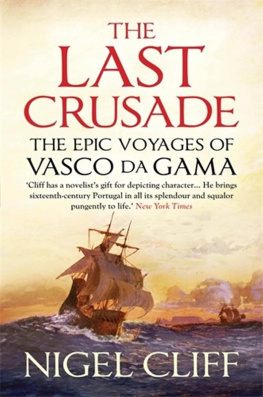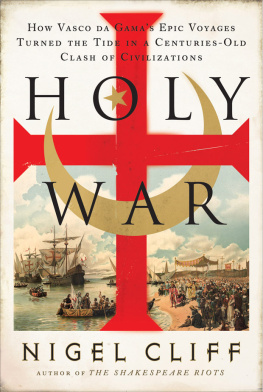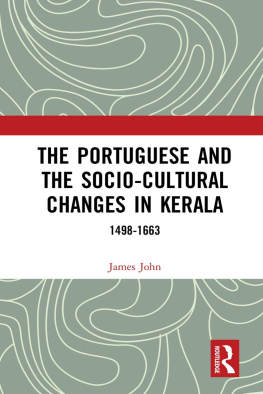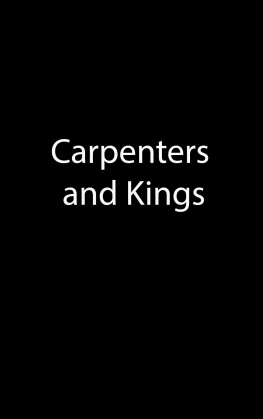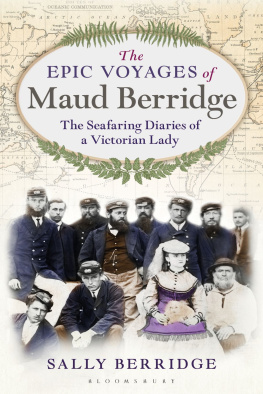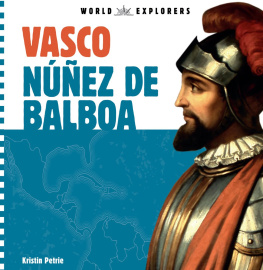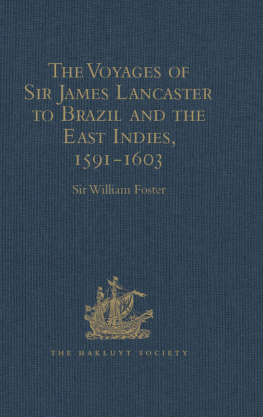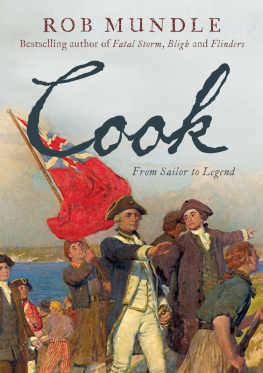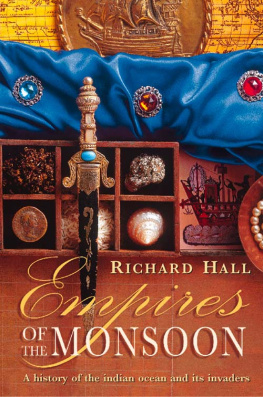Nigel Cliff - The Last Crusade: The Epic Voyages of Vasco da Gama
Here you can read online Nigel Cliff - The Last Crusade: The Epic Voyages of Vasco da Gama full text of the book (entire story) in english for free. Download pdf and epub, get meaning, cover and reviews about this ebook. year: 2012, publisher: HarperCollins, genre: Detective and thriller. Description of the work, (preface) as well as reviews are available. Best literature library LitArk.com created for fans of good reading and offers a wide selection of genres:
Romance novel
Science fiction
Adventure
Detective
Science
History
Home and family
Prose
Art
Politics
Computer
Non-fiction
Religion
Business
Children
Humor
Choose a favorite category and find really read worthwhile books. Enjoy immersion in the world of imagination, feel the emotions of the characters or learn something new for yourself, make an fascinating discovery.
- Book:The Last Crusade: The Epic Voyages of Vasco da Gama
- Author:
- Publisher:HarperCollins
- Genre:
- Year:2012
- Rating:4 / 5
- Favourites:Add to favourites
- Your mark:
The Last Crusade: The Epic Voyages of Vasco da Gama: summary, description and annotation
We offer to read an annotation, description, summary or preface (depends on what the author of the book "The Last Crusade: The Epic Voyages of Vasco da Gama" wrote himself). If you haven't found the necessary information about the book — write in the comments, we will try to find it.
In 1498 a young captain named Vasco da Gama sailed from Portugal, circumnavigated Africa, crossed the Indian Ocean, and discovered the sea route to the Indies and, with it, access to the fabled wealth of the East. It was the longest voyage ever undertaken at that time. With blood-red Crusader crosses emblazoned on their sails, the explorers arrived in the heart of the Muslim East in an era when the old hostilities between Christianity and Islam had risen to a new level of intensity. In two voyages that spanned six years, da Gama would fight a running sea battle that would ultimately change the fate of three continents.
The Last Crusade is an epic tale of spies, intrigue, and treacheryof bravado, brinkmanship, and confused, often comical collisions between culturesoffering a surprising new interpretation of the broad sweep of history.
Nigel Cliff: author's other books
Who wrote The Last Crusade: The Epic Voyages of Vasco da Gama? Find out the surname, the name of the author of the book and a list of all author's works by series.

